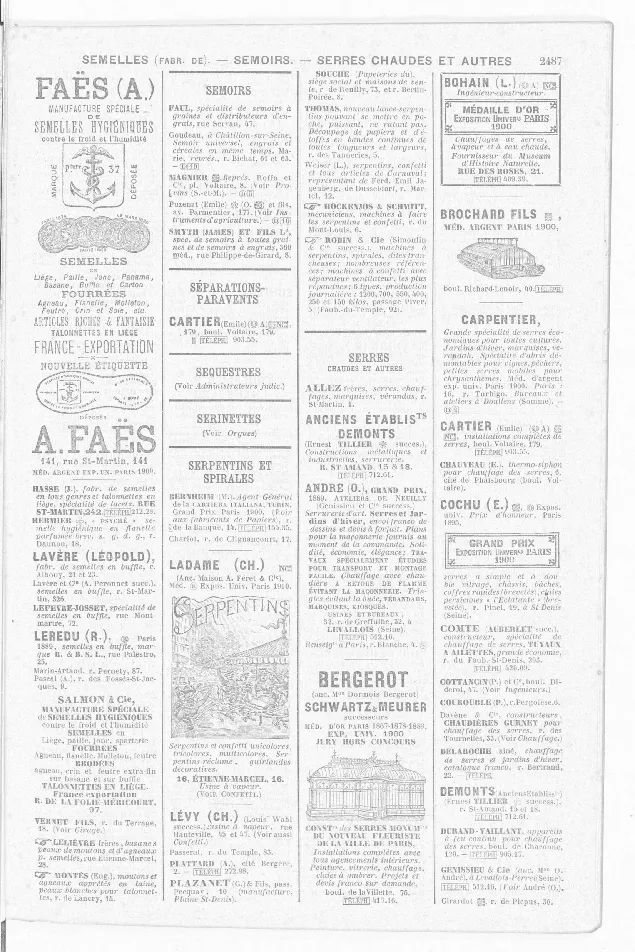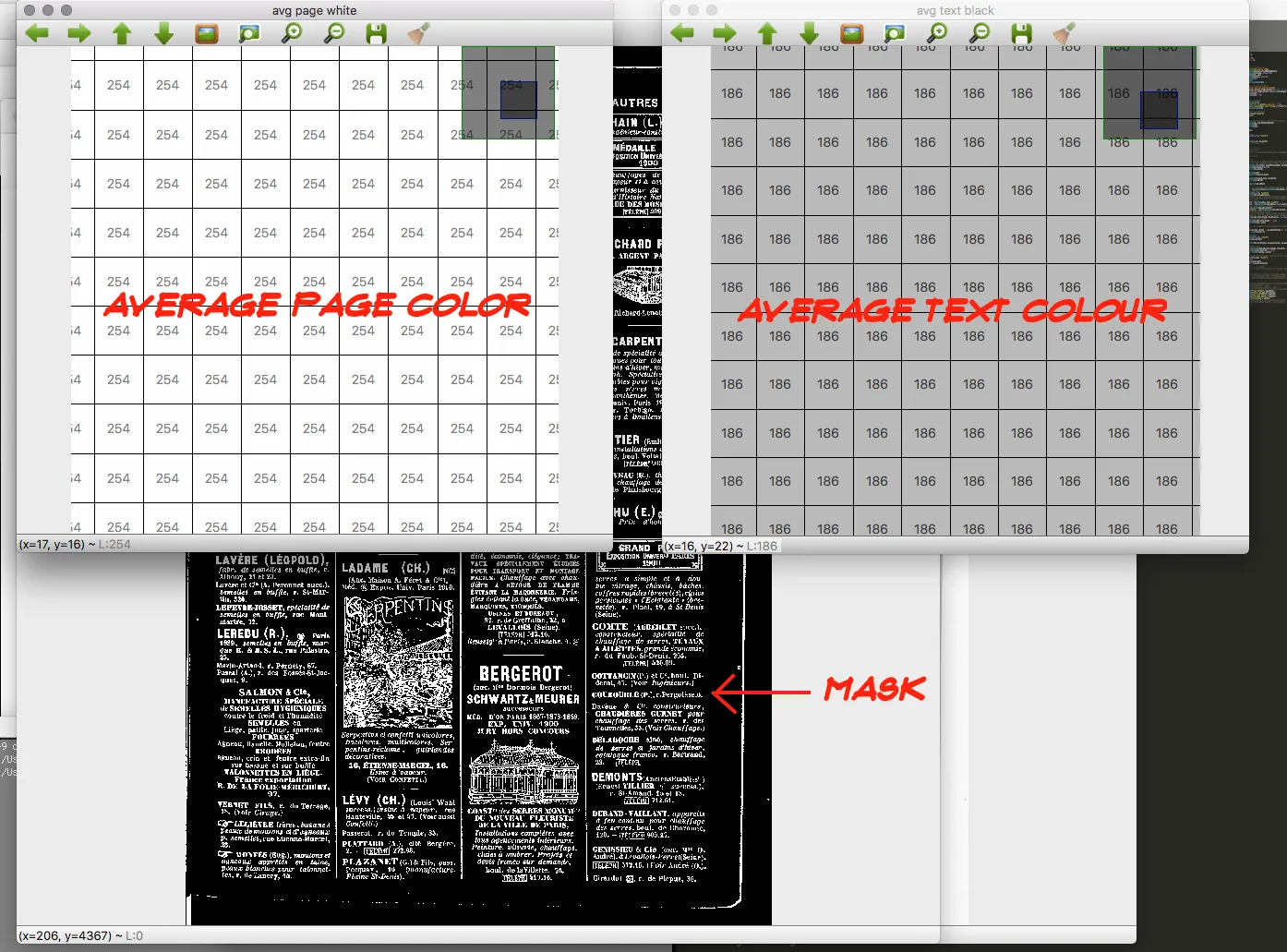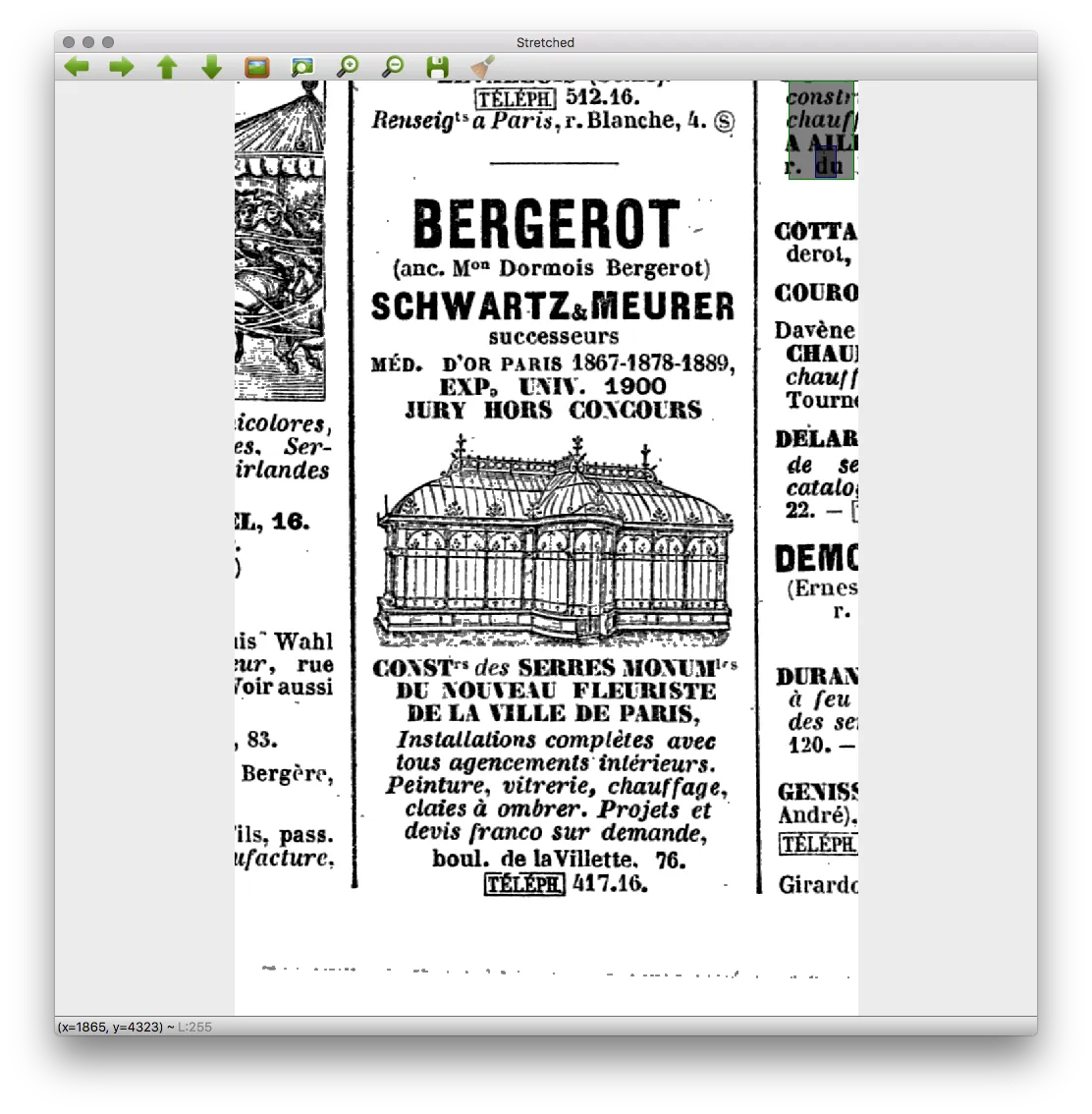在Numpy和Python中如何“拉伸”(调整)直方图(级别)。
4
- Josef M. Schomburg
5
请展示您尝试过的内容,最好附带图片。 - amanb
有很多事情正在发生,但我试图将它们总结成几个截图。 - Josef M. Schomburg
1注意:我这样做的原因是现有的算法会导致文本虽然是黑色,但存在缺失和间隙。OpenCV 能够很好地找到轮廓,并使用它们来创建定义应该被平均的区域的掩码,从而得出需要上调和下调的两个值。 - Josef M. Schomburg
1另请参见:使用NumPy对灰度图像进行直方图均衡化。 - Trilarion
1你可以按照你所描述的做:
(1)将所有大于246的像素阈值设为255
(2)将所有小于186的像素阈值设为零
(3)将介于两者之间的所有像素归一化到最大值244。
我认为没有现成的算法可以实现这个,因为要达到你想要的结果,需要完成的三个步骤都很简单。 - T A
2个回答
2
以下是一种方法:-
最初的回答
根据原帖,所设条件如下:
最初的回答
最初的回答
def stretch(a, lower_thresh, upper_thresh):
r = 255.0/(upper_thresh-lower_thresh+2) # unit of stretching
out = np.round(r*(a-lower_thresh+1)).astype(a.dtype) # stretched values
out[a<lower_thresh] = 0
out[a>upper_thresh] = 255
return out
根据原帖,所设条件如下:
将每个像素值大于
246的像素变为255,因此大于等于247的像素应变为255。将每个像素值小于
186的像素变为0,因此小于等于185的像素应变为0。因此,基于上述两个要求,
186应该变成大于0的某个值,以此类推直到246,它应该比255小。
或者,我们也可以使用 np.where 来使代码更简洁 -
def stretch(a, lower_thresh, upper_thresh):
r = 255.0/(upper_thresh-lower_thresh+2) # unit of stretching
out = np.round(r*np.where(a>=lower_thresh,a-lower_thresh+1,0)).clip(max=255)
return out.astype(a.dtype)
最初的回答
示例运行 -
# check out first row input, output for variations
In [216]: a
Out[216]:
array([[186, 187, 188, 246, 247],
[251, 195, 103, 9, 211],
[ 21, 242, 36, 87, 70]], dtype=uint8)
In [217]: stretch(a, lower_thresh=186, upper_thresh=246)
Out[217]:
array([[ 4, 8, 12, 251, 255],
[255, 41, 0, 0, 107],
[ 0, 234, 0, 0, 0]], dtype=uint8)
- Divakar
1
1两个答案都很好,但是选择这个是因为它的解释性更强(适合学习Python的人)。 - Josef M. Schomburg
1
如果您的图片是 uint8 类型并且大小典型,一种高效的方法是设置查找表:
针对较小的图片(在我的设置中,大约在100,000个灰度像素左右),直接进行转换速度更快:
L, H = 186, 246
lut = np.r_[0:0:(L-1)*1j, 0.5:255.5:(H-L+3)*1j, 255:255:(255-H-1)*1j].astype('u1')
# example
from scipy.misc import face
f = face()
rescaled = lut[f]
针对较小的图片(在我的设置中,大约在100,000个灰度像素左右),直接进行转换速度更快:
fsmall = (f[::16, ::16].sum(2)//3).astype('u1')
slope = 255/(H-L+2)
rescaled = ((1-L+0.5/slope+fsmall)*slope).clip(0, 255).astype('u1')
- Paul Panzer
网页内容由stack overflow 提供, 点击上面的可以查看英文原文,
原文链接
原文链接


